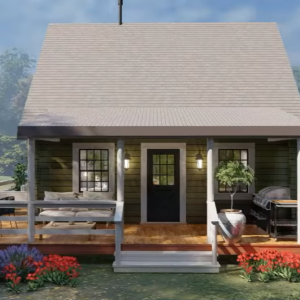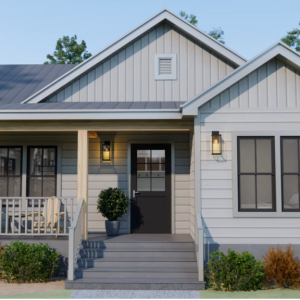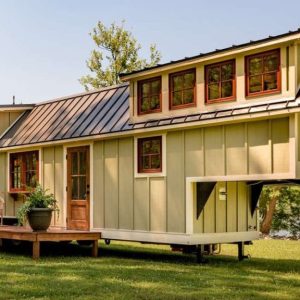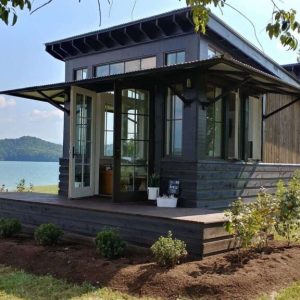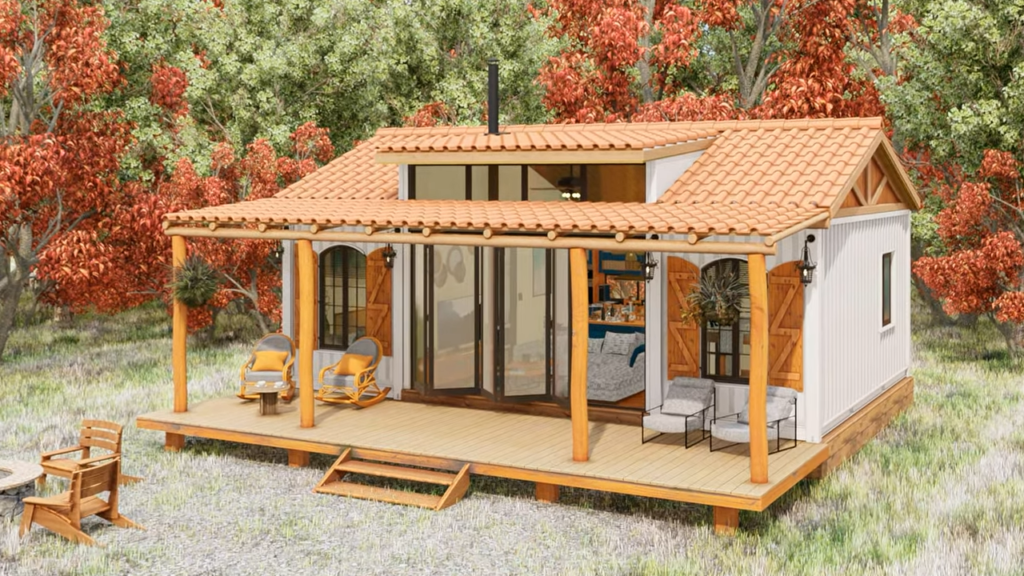
The basic idea of this lifestyle is to reduce unnecessary consumption by fitting our needs into less space. Tiny homes require less cleaning and maintenance as well as reducing energy and resource consumption. Living in a smaller home tends to place more value on your belongings and possessions, which leads people to consume less and recycle more. Also, those living in a small house can adopt an eco-friendly lifestyle by conserving energy and water.


Another advantage of living in a tiny house is the potential to increase financial freedom. A smaller home means less property taxes and lower energy costs. This allows them to save more and focus more on what they want. Also, those living in a small home may experience less financial stress due to lower rent or mortgage payments, allowing them to enjoy life and have more freedom.
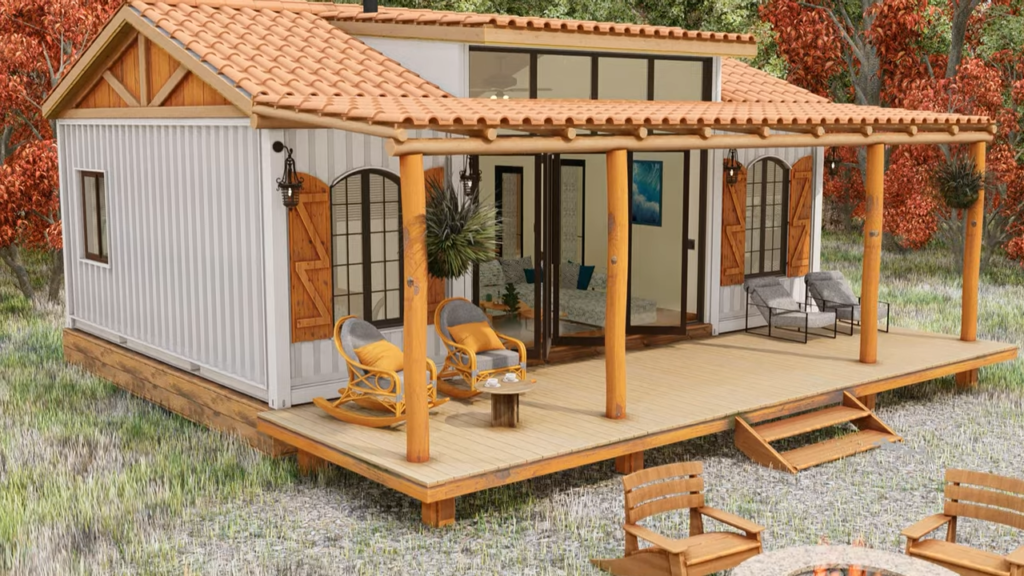


Living big in a small house can strengthen personal relationships and family ties. Living in a smaller home can encourage the family to spend more time together and help them form a tighter relationship. Also, a smaller home can encourage homeowners to spend more time outside and experience more nature, providing a great opportunity for personal growth.
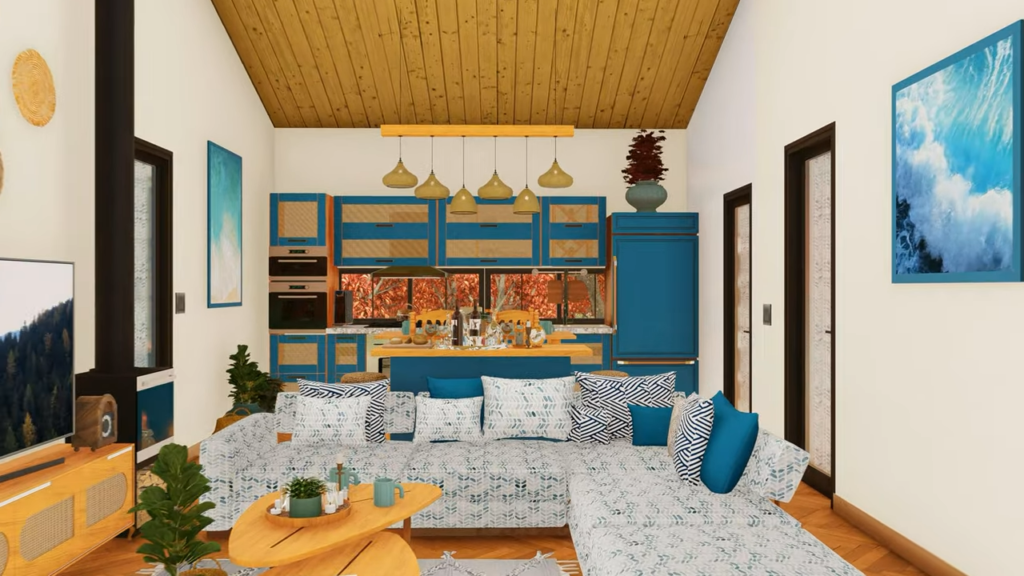
Sustainability is one of the cornerstones of the “Living Big in a Small House” project. A smaller living space means less energy and resource consumption. Also, a smaller home can increase the likelihood of using renewable energy sources more effectively. This is an attractive option for many who aim to do less harm to the environment and leave a better world for future generations.
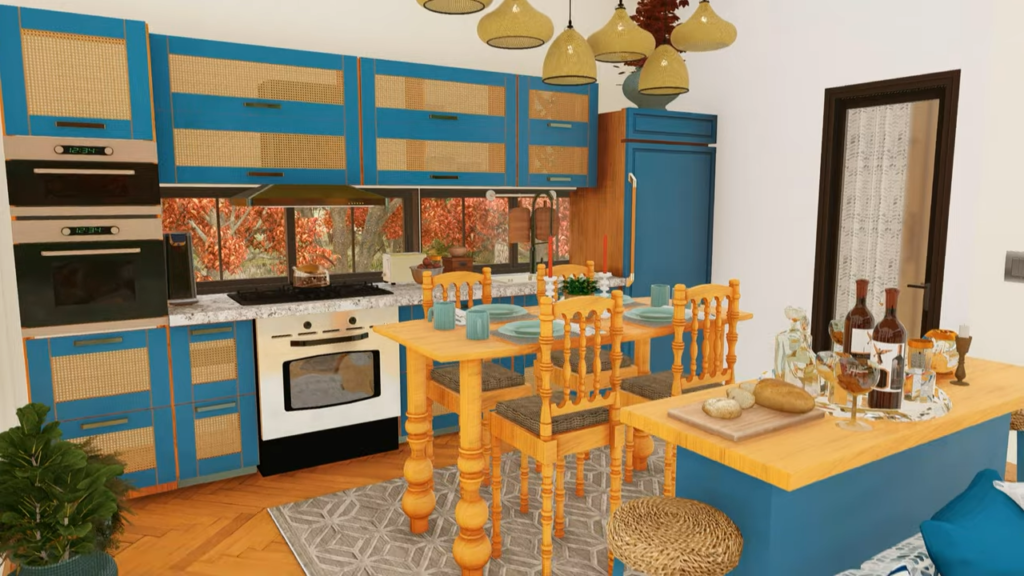
Assess Your Needs: Living in a tiny home requires reviewing your needs and wants. Limit, simplify, and protect only what you truly value.
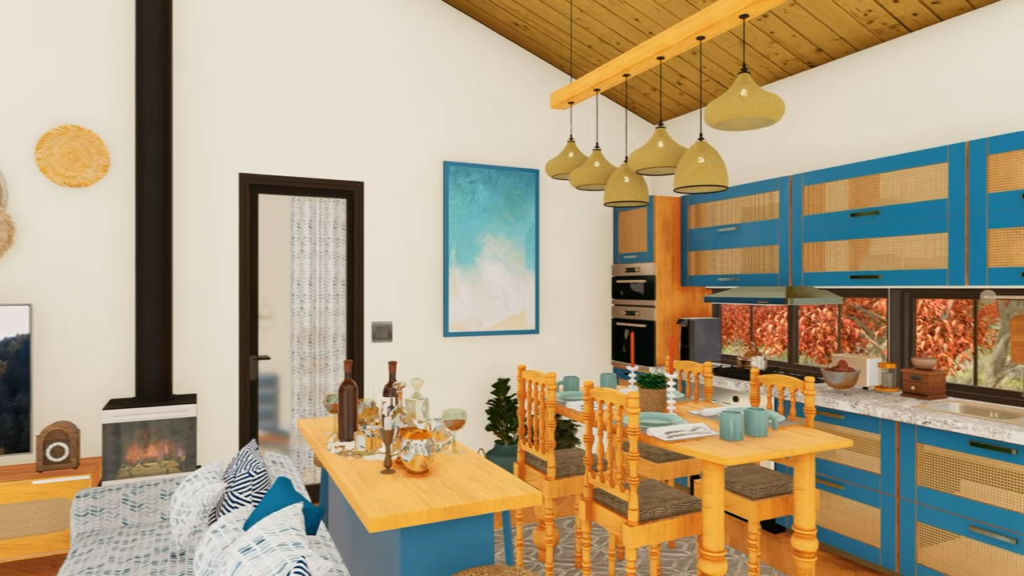
Focus on Functionality: In a small home, every piece of furniture should have more than one function. This helps you use the limited space more effectively.
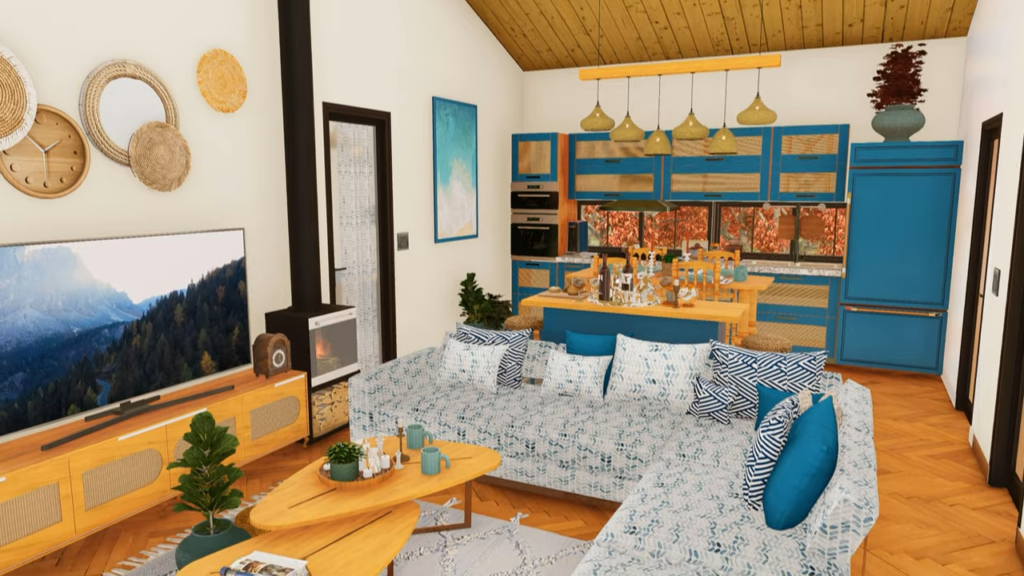 Storage Solutions: You can create more space by using smart storage solutions. Wall shelves, hidden storage areas, and multi-purpose furniture can help with this.
Storage Solutions: You can create more space by using smart storage solutions. Wall shelves, hidden storage areas, and multi-purpose furniture can help with this.
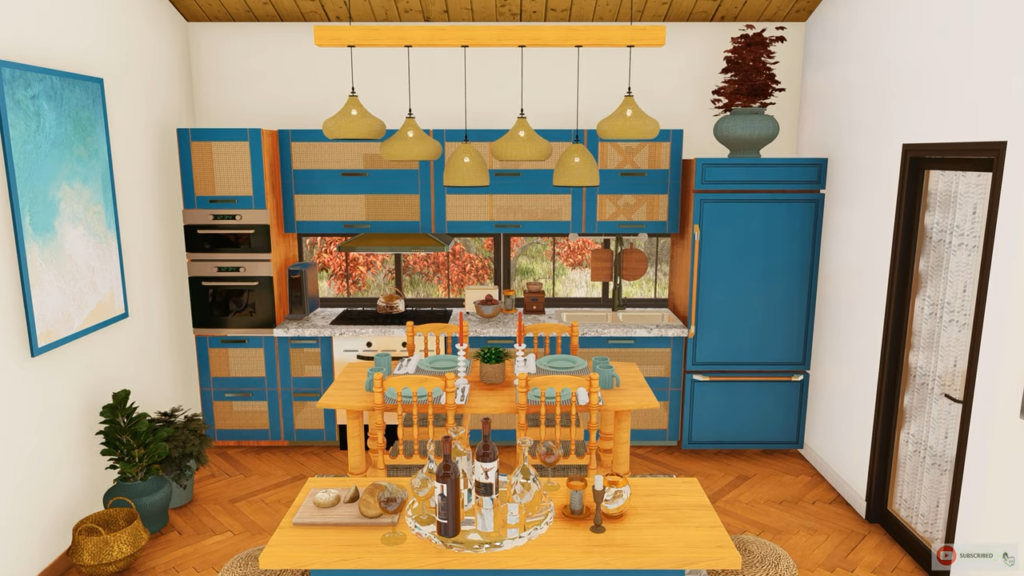
Sustainability: Sustainability is one of the key elements of this lifestyle. You can do less harm to the environment by investing in renewable energy sources and adopting recycling habits.

Self-Reliance: Consider practices of self-sufficiency, such as growing your food, minimizing household waste, and using energy-saving technologies.
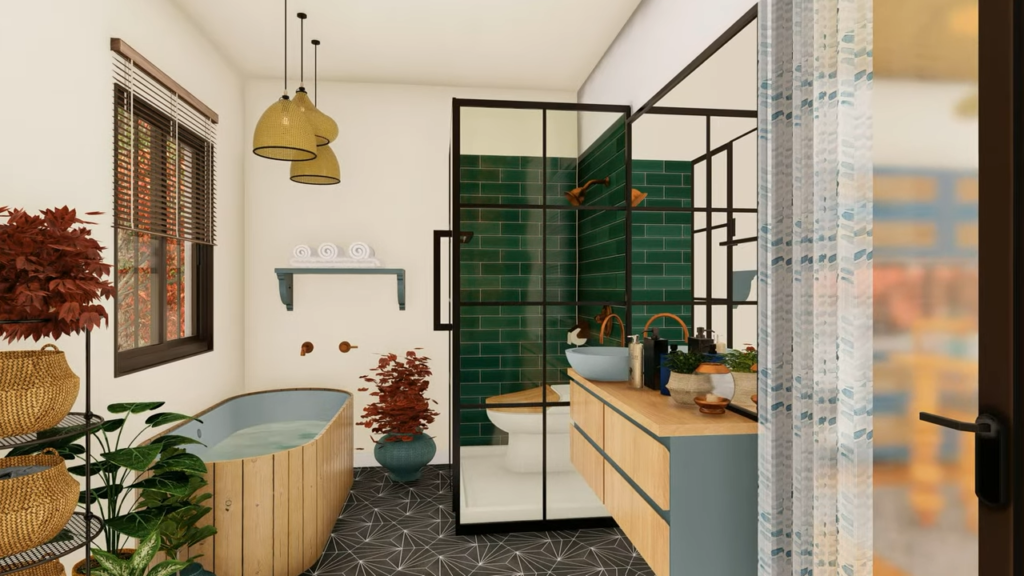
Portability: The flexibility of living in a small home offers the ability to easily move your home. This allows you to have opportunities to explore new places.
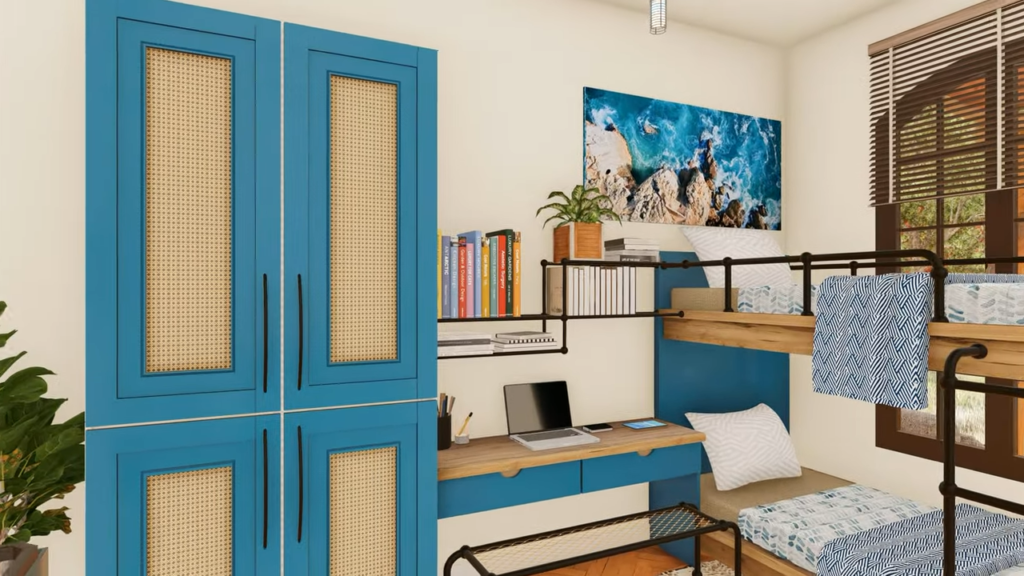
Community Engagement: Living in a small home can offer opportunities to connect more with the community. Being in solidarity with your neighbors can improve your quality of life.
